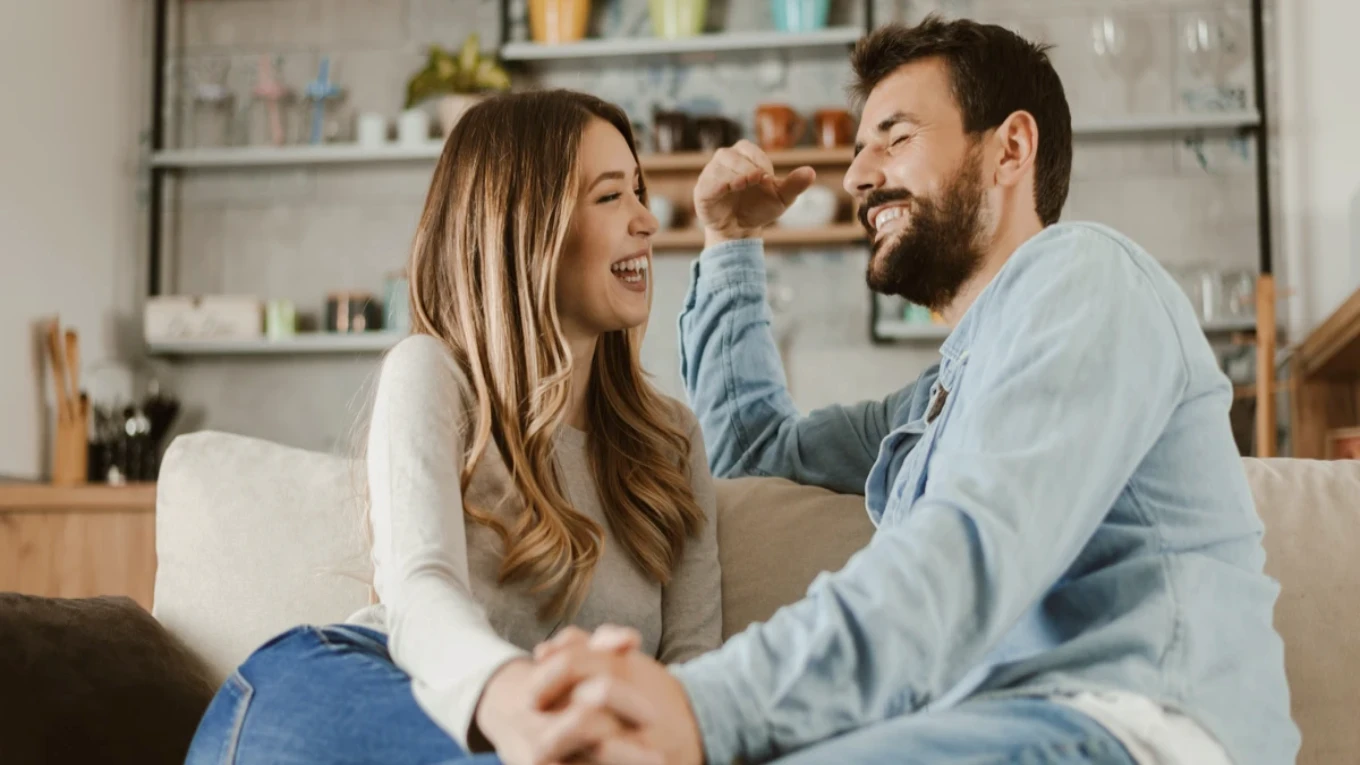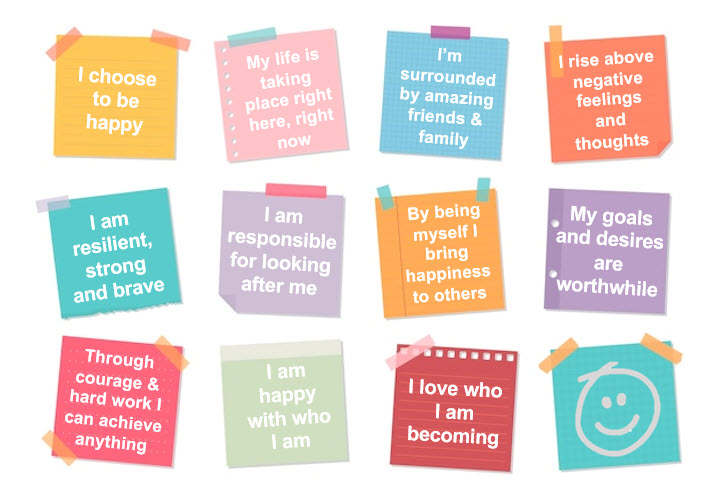Vulnerability is often misunderstood as weakness, but in healthy relationships, it acts as a bridge toward deeper connection. Sharing fears, uncertainties, or past wounds allows partners to see each other more fully—building empathy, trust, and emotional safety. Research in relational psychology underscores that couples who allow themselves to be seen, rather than presenting only their “best selves,” report stronger bonds, more resilience to stress, and greater conflict satisfaction.
However, vulnerability must be balanced with discernment. Oversharing too early, or without trust, can overwhelm the relationship and lead to misunderstandings. To practice vulnerability well, begin with “I” statements (e.g. “I feel anxious when…”), frame your emotions without blame, and ask permission (“Can I share something vulnerable?”). Pair this with active listening when your partner opens up—avoid judgment or immediate solutions, simply receive their emotion. The Gottman Institute emphasizes these patterns of sending and receiving vulnerability as foundational to what they call the Sound Relationship House.
Implementing vulnerability in day-to-day life brings subtle shifts: small admissions like “I’m afraid we’re drifting apart” or “I’m insecure about my work” invite closeness, not conflict. Over time, these moments weave a relationship culture of safety, emotional intimacy, and mutual growth. Experts suggest beginning with low-stakes vulnerability, gradually building trust. As the relationship’s emotional “balance sheet” grows—more deposits of understanding than withdrawals of hurt—the partnership becomes stronger, more adaptive, and more deeply connected.






